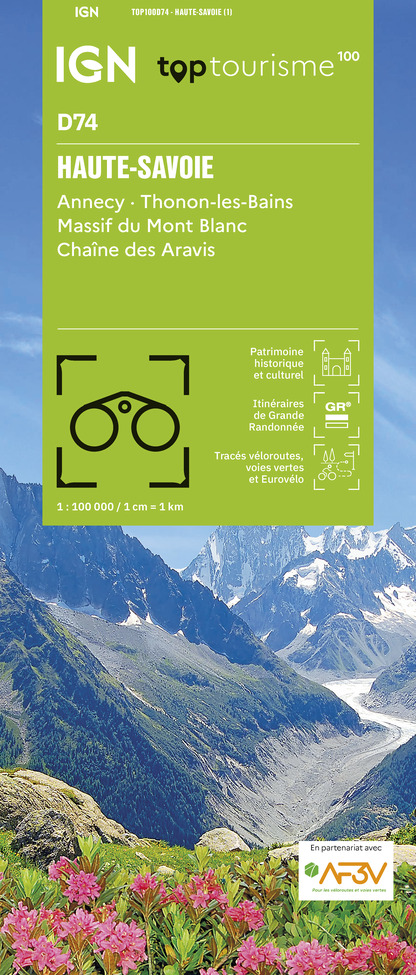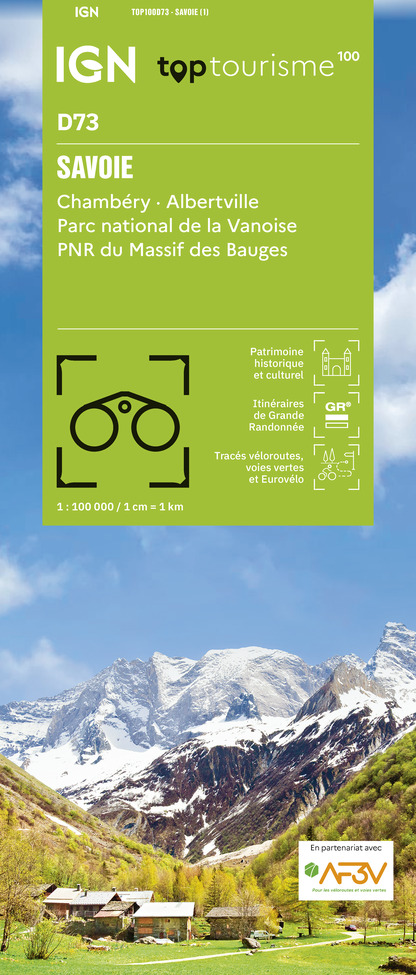Alert
Alerts
St Sigismond’s Church

Description
This church particularly pays tribute to St Gratus, who is commonly invoked to help with harvests.The 17th century building has retained some 15th century features, not least the ogee arches above the side entrance door. The main entrance in grey Villette marble is directly inspired by the principles laid down by F. Cuenot in his 1660 book.The trompe-l’œil vault paintings by the three Artari brothers at the turn of the 19th century depict the four great prophets of the Old Testament, the evangelists and the four Fathers of the Latin church.Jean-Baptiste Delponte rebuilt the high altar in 1815 on the basis of elements that escaped destruction during the French Revolution with, in the middle, a Nativity of the Virgin painted by Tosi. Two wreathed columns adorned with vine branches and wild roses frame the main scene, which is flanked by St Peter and St Paul.The second strip celebrates St Gratus and St Roch, who are often called on to intervene in times of harvest and plague, St James and St Francis-de-Sales.The six altarpieces of the side aisles are neoclassical restorations. In 1705, Pierre Chanu sculpted the choir stalls and preacher’s pulpit.
Technical Information
Altimetric profile
IGN cards













Data author
